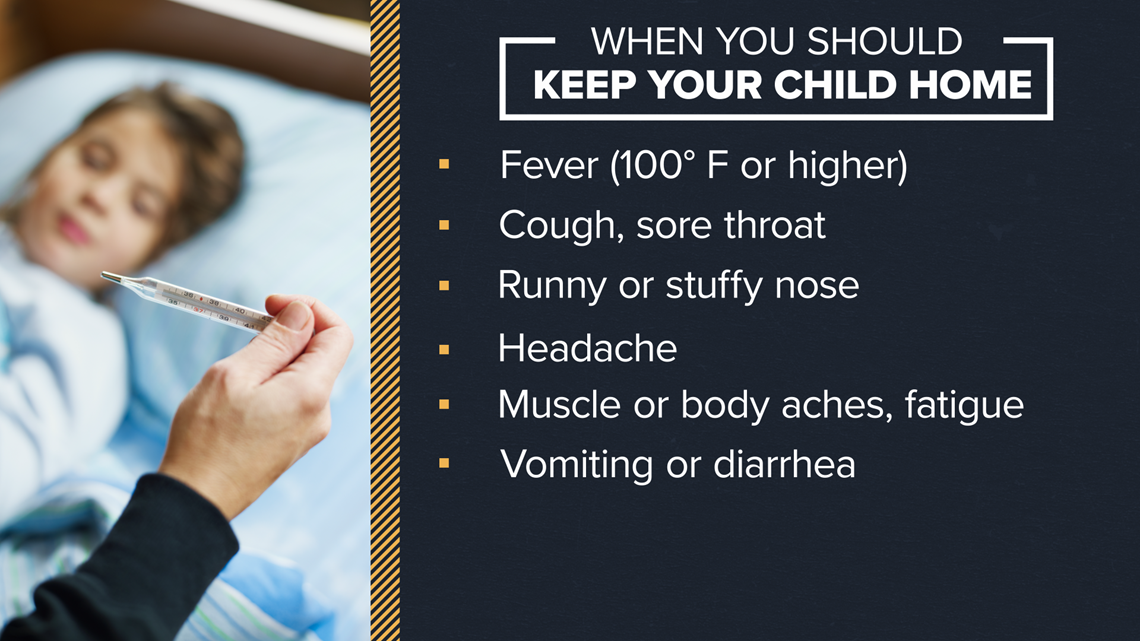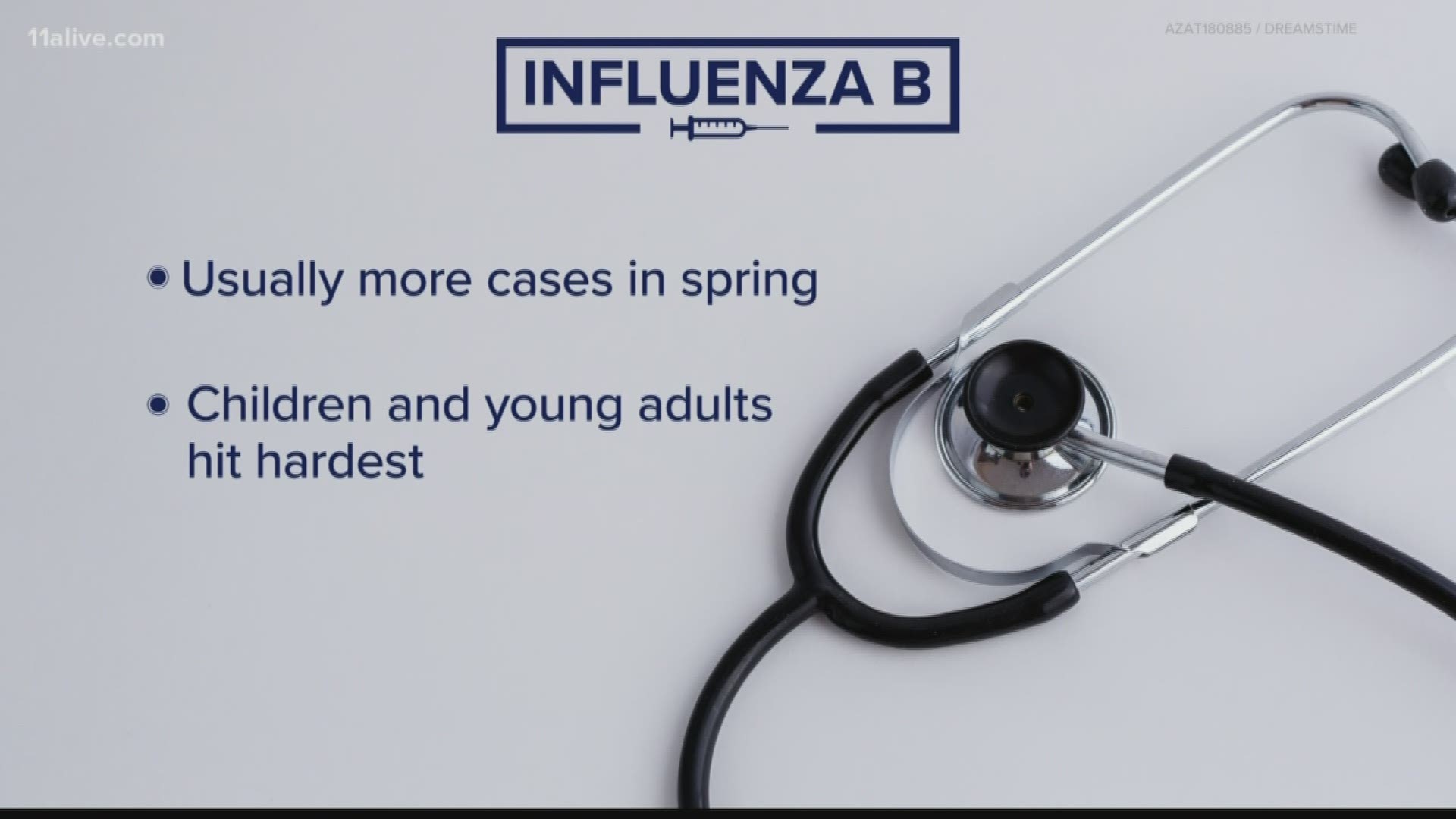ATLANTA — This year's flu season has been particularly high in the south, but the Center's for Disease Control isn't sure exactly why.
"Influenza is unpredictable," Kristen Nordlund with the CDC said. "While flu spreads every year, the timing, severity, and length of the season varies from one season to another."
The flu season is more active than normal, with Influenza B the leading type of virus among patients nationwide. But patient visits were down compared to the previous week in much of the country, indicating the early Influenza B wave may reach a peak and start declining in the coming weeks, according to researchers at the Biocomplexity Institute at the University of Virginia who work in a research partnership with AccuWeather.
However, those researchers expect that eventually an Influenza A wave will arrive and cause considerable infections later in the season.
Last week, more than half of the states in the nation were at the highest level in the last decade for this time of year. That number fell to 19 states this week, but all regions of the country are in the "very active" transmission phase of the season with rapid growth by the first week in January, noted a report from the University of Virginia researchers partnered with AccuWeather.
If there is a second peak to the 2019-20 flu season later this winter, it would resemble the 2018-19 double-peak season, which saw a small rise in cases early followed by a larger boost later in the season.
The 2019-20 flu season follows two straight unusually bad flu seasons. Last year, the CDC estimated there were between 36,400 and 61,200 flu-related deaths in the U.S. During the 2017-18 season, the CDC estimated there were 61,000 flu-related U.S. deaths.
In Georgia, there have already been two flu-related deaths, the Georgia Department of Public Health confirmed to 11Alive this week.
More than 100 kids were also out of school Monday after dozens of students were found to have the flu at a Fayette County School.
On Thursday, the Jackson County School District closed all of its elementary schools - a day before the Christmas holiday was set to begin.


Signs and symptoms of the flu to watch for:
- Fever (100 degrees F or greater), however, not everyone will have a fever.
- Cough
- Sore throat
- Headache
- Runny or stuffy nose
- Muscle or body aches
- Fatigue (very tired)
- Some people may have vomiting and diarrhea, though this is more common in children than adults
How to prevent the spread of the flu:
- Frequent and thorough hand-washing with soap and warm water. Alcohol-based gels are the next best thing if you don’t have access to soap and water.
- Cough or sneeze into the crook of your elbow or arm to help prevent the spread of the flu.
- Avoid touching your face as flu germs can get into the body through mucus membranes of the nose, mouth and eyes.
- If you are sick, stay home from school or work. Flu sufferers should be free of a fever, without the use of a fever reducer, for at least 24 hours before returning to school or work.
- If you are caring for a sick individual at home, keep them away from common areas of the house and other people as much as possible.
RELATED HEADLINES:

